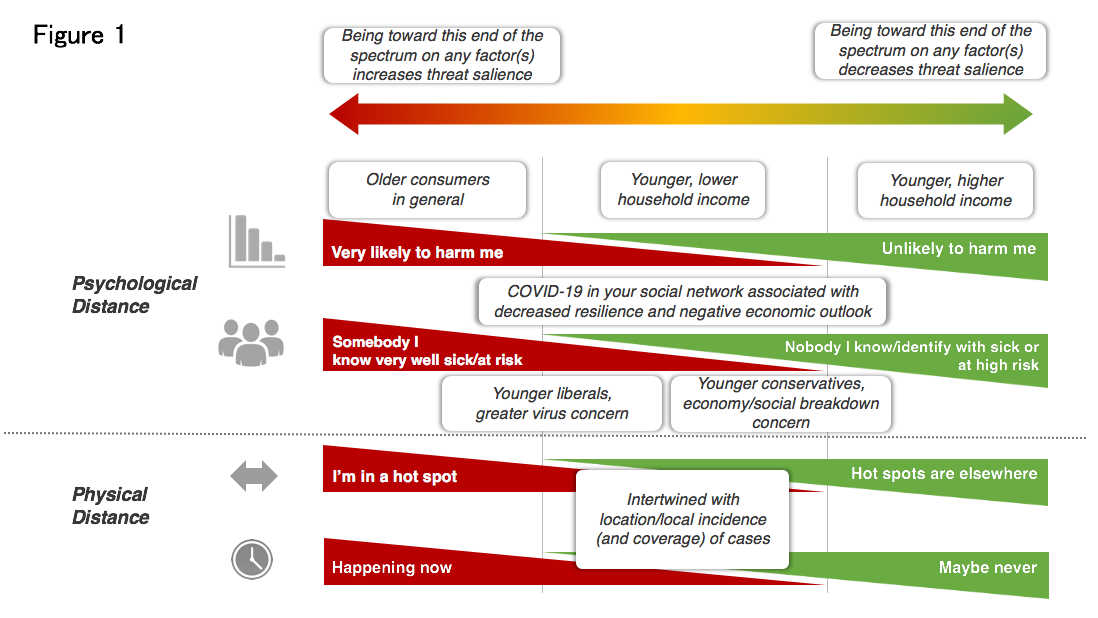Editor’s note: Mary Mathes is the Market Intel Director for Thriveplan, a Cincinnati-based insights and strategy firm. She can be reached at mary@thriveplan.com. Hunter Thurman is the President of Thriveplan. He can be reached at hunter@thriveplan.com. T. Sigi Hale is the Director of Research & Principal Neuroscientist for Thriveplan. He can be reached at sigi@thriveplan.com.
We've heard the word “unprecedented” a lot over these past months, with good reason, as we all try to adjust to and make sense of life amid a global pandemic. It’s true there are many unknowns, but while the context of our daily lives has changed dramatically, the fundamental nature of human psychology remains stable, and within it lies the keys to understanding and predicting what is likely to happen next.
Our research suggests that when it comes to predicting post-pandemic consumer behavior, there really are two kinds of people in the world: those who will want to return to the way things were, and those who will be driven to change. And it may surprise you that the “let’s go back” camp is the larger cohort: 65% of respondents to our recent study fall into this group; 35% feel more positively about change and expect it to happen.
Companies trying to anticipate what their target consumers will do next should aim to answer two key questions: 1) How salient is the threat for them? and 2) How will they seek to regain control? That is, which type of person is their consumer: one who will seek a return to the way things were, or one who will strike out into the brave new world, open to the changes it brings?
We began our effort to design a study that would help us contextualize consumer behavior in the wake of COVID-19 with a comprehensive white paper review so we could stand on the shoulders of existing knowledge. Our team dug into the academic literature and psychological models – both our own and those of the academic ...
